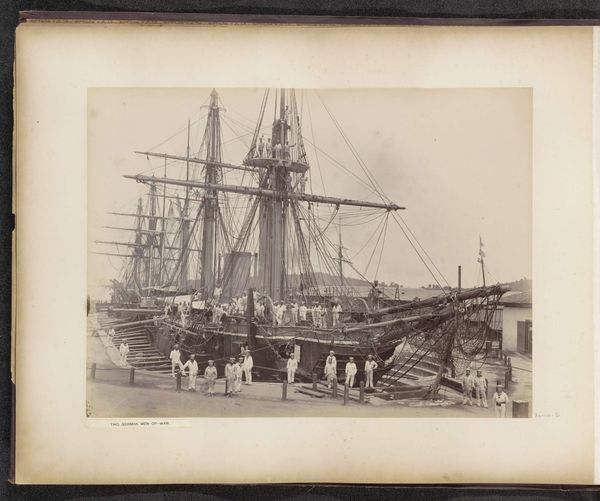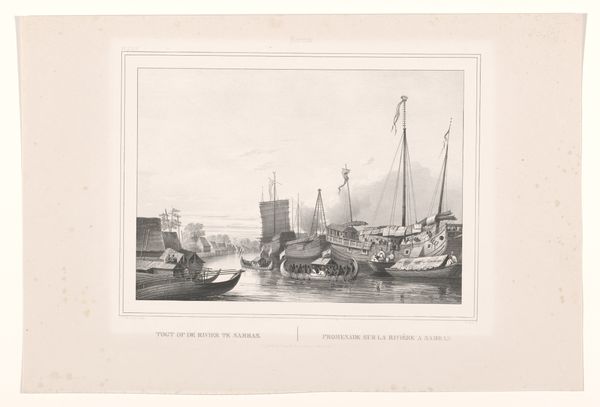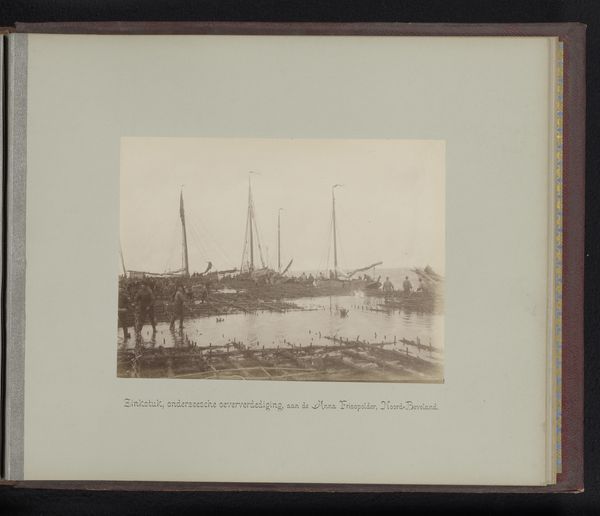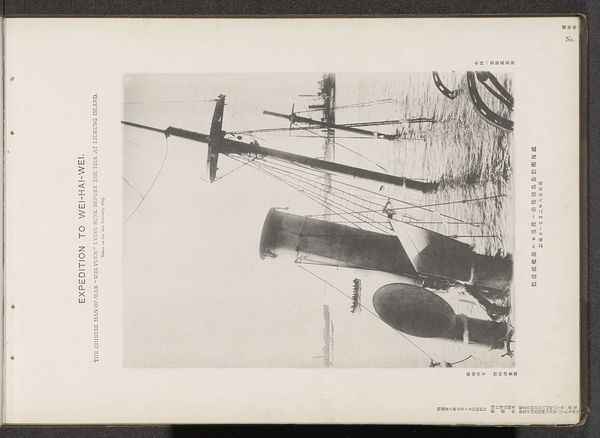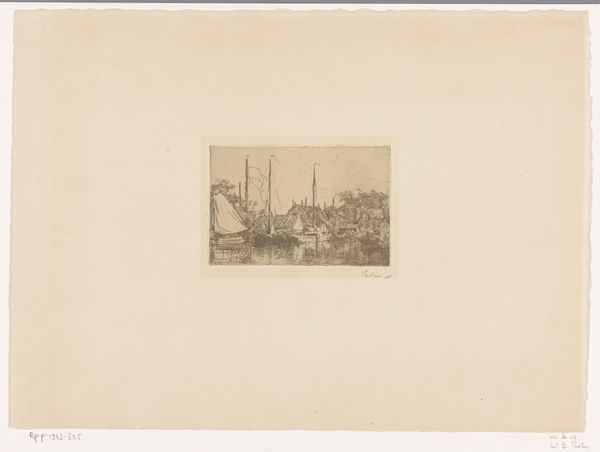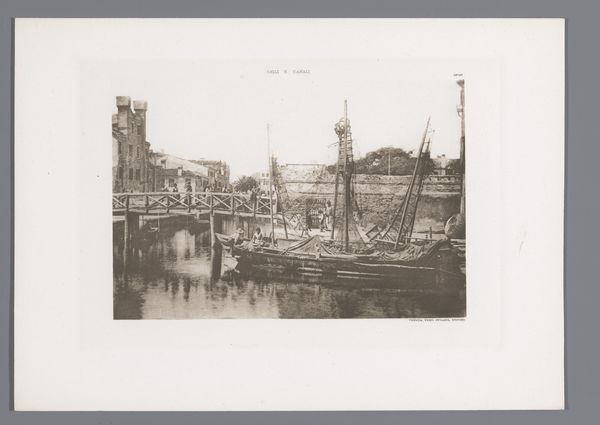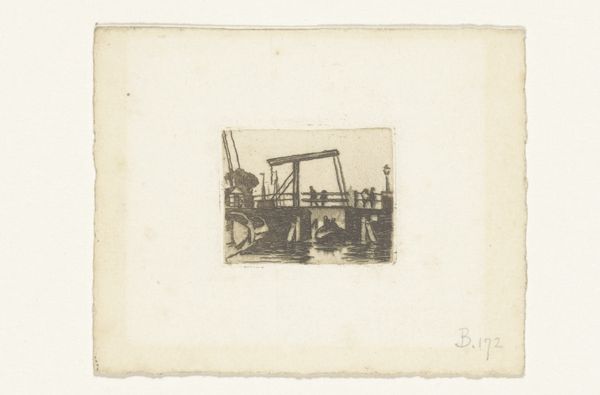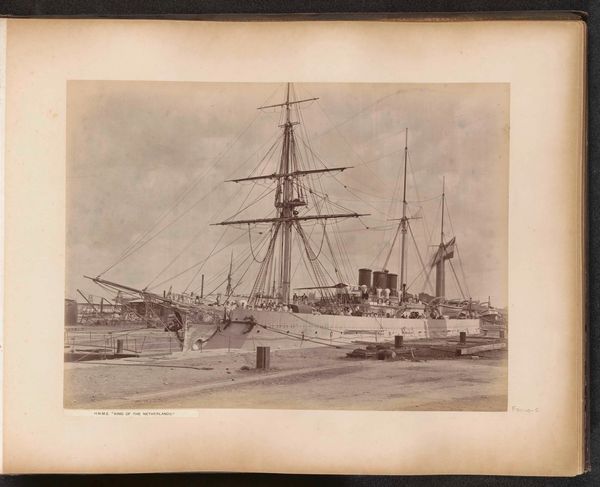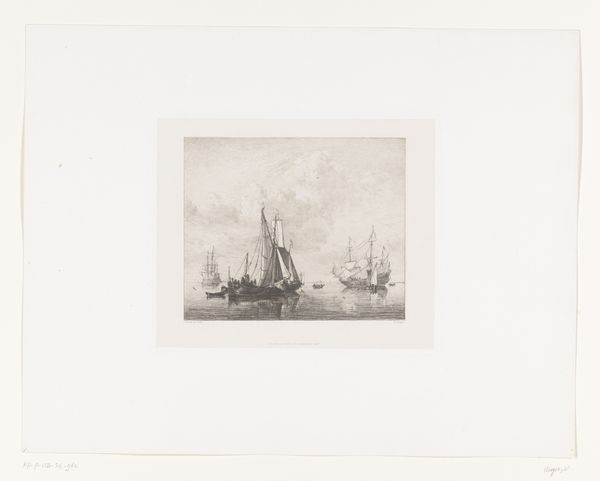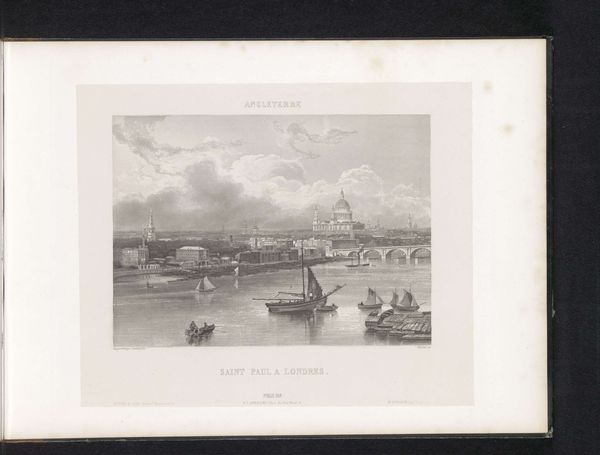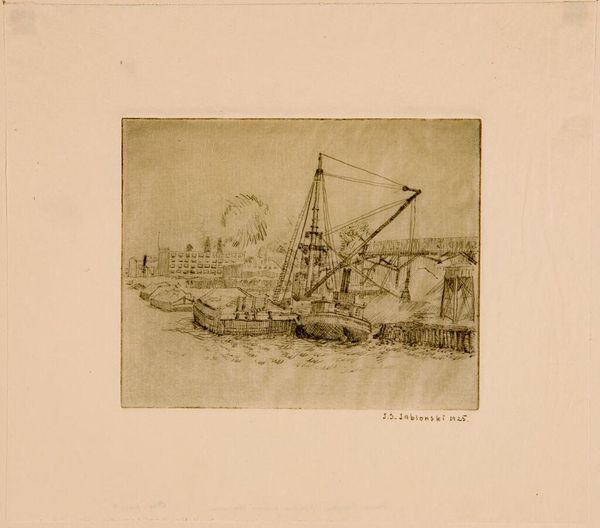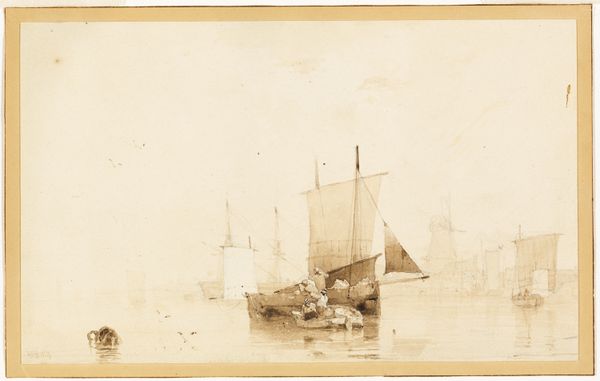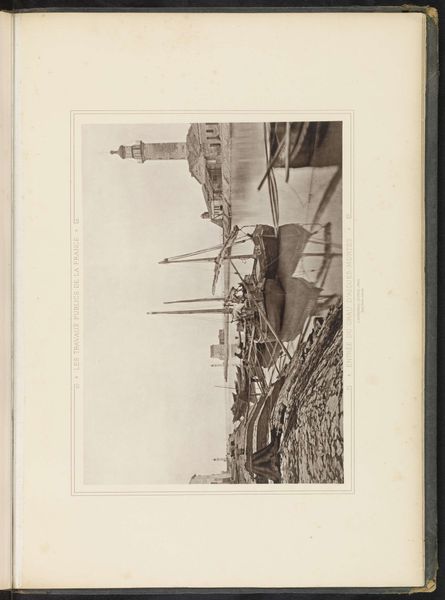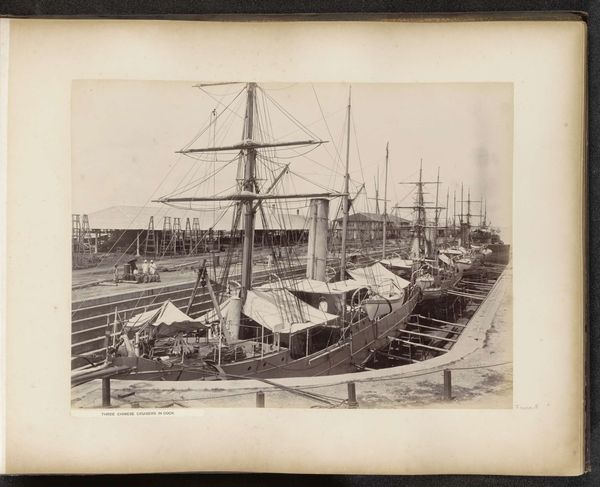
Scheepsmodellen bij de tentoonstelling van India op de Great Exhibition of the Works of Industry of All Nations van 1851 in het Crystal Palace in Londen 1851
0:00
0:00
photography, albumen-print
#
landscape
#
photography
#
orientalism
#
albumen-print
Dimensions: height 173 mm, width 229 mm
Copyright: Rijks Museum: Open Domain
Editor: This is an albumen print from 1851 by Hugh Owen, documenting the Indian exhibit at London’s Great Exhibition. It depicts model ships. There's something about the muted tones that makes the image feel incredibly distant, like viewing a scene from a completely different world, and there are layers of colonial implications that make me uncomfortable. How do you interpret this work? Curator: Indeed. It’s tempting to view this simply as a historical record, but that sidesteps the complexities inherent in the image. Consider the Great Exhibition itself – a celebration of industrial progress, yes, but also a potent display of colonial power. What does it mean to showcase these "Indian" models in this context? Editor: I suppose it’s a form of cultural appropriation, presenting these artifacts detached from their original cultural meaning and controlled by the West. Curator: Precisely. This image normalizes that power dynamic. It places Indian craftsmanship within a Western framework, reinforcing the idea of the exhibition as a site of knowledge production and colonial dominance. Do you see elements of Orientalism in the framing of the subject? Editor: The parasols do create an exotic feel that contrast against the rigid architecture of the Crystal Palace. Curator: Absolutely. They signify difference and distance while implicitly asserting Western authority and a very curated view of “India” that was created specifically for Western consumption. So it really prompts us to ask: Who is viewing these ships? Editor: So much to consider within what seemed like a simple photograph! I initially only considered what was *in* the frame, rather than thinking about what’s outside of it, or *who* composed the shot in the first place! Curator: Exactly. It's about acknowledging the complex layers of representation, power, and the subtle reinforcement of colonial narratives that are contained even in seemingly benign images.
Comments
No comments
Be the first to comment and join the conversation on the ultimate creative platform.
